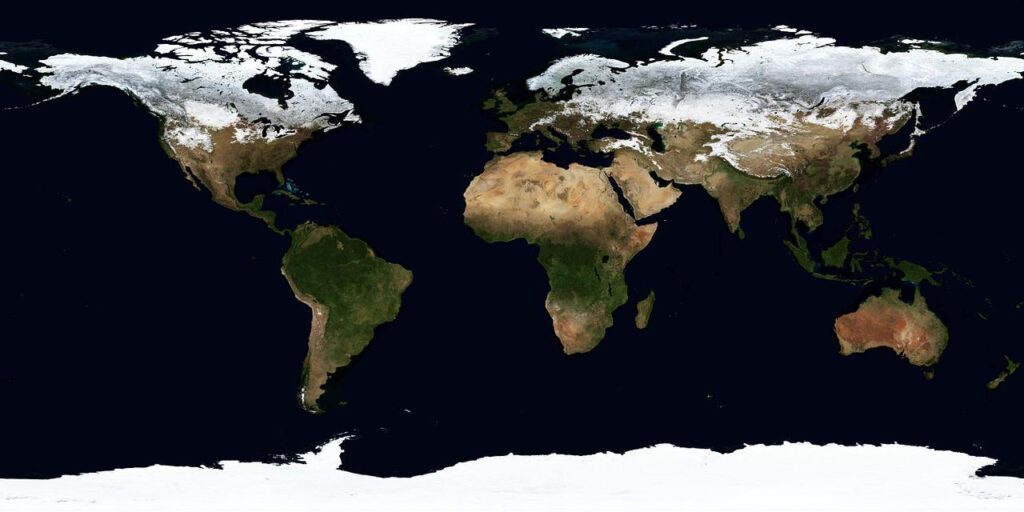(par 4.2.3.2 ) Vegetation regions

http://education.nationalgeographic.com/education/encyclopedia/vegetation-region/?ar_a=1 Scientists divide the Earth’s land into what are called vegetation regions. These areas have distinct types of plants, soil, and weather patterns. Vegetation regions can be divided into five major types: forest, grassland, tundra, desert, and ice sheet. Climate, soil, the ability of soil to hold water, and the slope, or angle, of the […]
(par 4.2.3.1) World Biomes

http://www.blueplanetbiomes.org/world_biomes.htm What is a Biome? A biome is a large geographical area of distinctive plant and animal groups, which are adapted to that particular environment. The climate and geography of a region determines what type of biome can exist in that region. Major biomes include deserts, forests, grasslands, tundra, and several types of aquatic environments. […]
(par 4.2.3.1) Pictures – Biomes and Biodiversity and the Distribution of Life

http://www.bbc.co.uk/education/guides/zjfwxnb/revision/1 Biodiversity is the variety of species present in the community of an ecosystem. It is affected by abiotic (non-living environmental) and biotic (interaction associated with living things) factors. Ecology definitions Ecology is the study of the interaction between organisms and their environment. Term Definition Biodiversity The variety of species present in the community of […]
